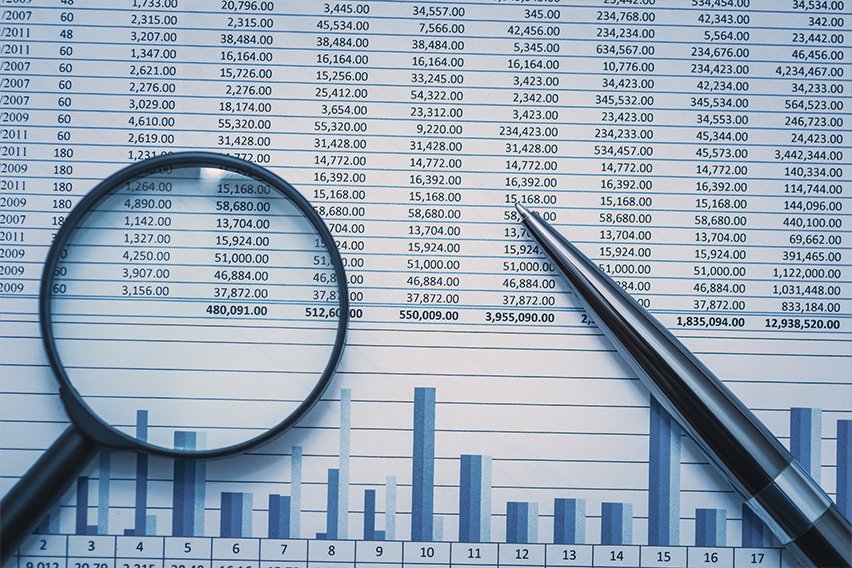What Are Capital and Reserves & How to Calculate in Balance Sheet

When it comes to the accounting needs of your business it can be critical to understand some of the terms and their traits. Knowing the difference is important for our accounting teams, investors and business managers. There can be some confusion when it comes to capital and reserve accounts as there are similarities when it comes to cash flow and capital surplus.
However, there are some major differences between the two operational activities. It can be a lot to understand and take in if you’re just starting out in business. But knowing how both capital and reserves work will benefit you and your business in the long run.
So, what are capital and reserves and how can you calculate them? Let’s find out.
Here’s What We’ll Cover:
What’s the Difference Between Capital Reserve and Reserve Capital?
Can You Access the Funds That Are in Reserves?
What Reserves Do You Include in Your Balance Sheet?
What’s the Difference Between Capital Reserve and Reserve Capital?
In your balance sheet, capital will fall under the equity category and have the surplus and reserve classification. In simple terms, the capital reserve is a surplus from different transactions and is most commonly acquired when you sell a capital asset.
But, even though the capital reserve will leave a surplus of funds, those funds aren’t considered a regular part of doing business. This means that they become an unexpected surplus that can then get reinvested back into your business.

Since the capital reserve is a surplus, it never reaches investors in the form of dividend payments. This is also because it’s not considered a normal profit that can get collected and distributed.
On the flip side, reserve capital is money that gets set aside in case you need to access it. It almost serves as an emergency fund in case your business gets forced into liquidation or you need to pay off a debt, for example. This is different compared to capital reserve since reserve capital isn’t required to be disclosed and you don’t include it on your balance sheet.
Capital doesn’t get included on your balance sheets or income statements. It’s an amount that gets calculated based on government guidelines.
Can You Access the Funds That Are in Reserves?
Reserve funds all have different and specific purposes. So capital reserves, reserve capital and other reserves, such as a legal reserve fund, are all going to get used differently. They aren’t meant to get used daily, but rather for special circumstances.
For example, capital reserves can get set aside for things like reinvesting in assets or possible liquidation. Whereas reserve capital is actual profits that are then set aside for something specific. They sound and act fairly similar, but are used for very different purposes.
What Reserves Do You Include in Your Balance Sheet?
Depending on the industry or sector that you’re in, not paying attention to the reserve’s area of your balance sheet can have consequences. But what reserves do you include in your balance sheet and how do you understand their purpose? Here are some of the more common reserves and the role they might play in your business.
- Capital reserves. These usually end up coming from the result of capital expenses such as excess stock.
- Retained earnings. Usually, these come from past profits. They’re basically net profits that haven’t been paid out to shareholders as dividends.
- Hedging reserves. These come from any hedges your company has taken to protect itself from input costs or potential volatility.
- Fair value reserves. Some of the common reserves include any adjustments for certain assets or securities.
- Revaluation of asset reserves. These are from if your company needs to adjust the value of an asset on your balance sheet.
- Statutory reserves. These are set by law and you are required to establish them. Statutory reserves also cannot get paid as dividends.

Key Takeaways
Having efficient accounting processes can be critical for your business. You want to stay on top of everything that’s happening so there are no delays or disruptions. But it can be difficult to understand all of the different accounting terms and their traits.
When it comes to capital and reserves, they might seem very similar but they serve two distinct purposes. Capital reserves are surplus that can be the result of selling a capital asset. Reserve capital, on the other hand, is a certain amount of money that gets set aside for specific purposes.
It’s usually to help protect your business if you need to pay off debts or you are forced into liquidation. It’s sort of like an emergency fund for your business in case you need it. One of the important distinctions between reserve capital and capital reserve is you don’t include capital on your balance sheet.
You also don’t include capital on your income statements since it gets calculated based on guidelines set by the government. Be sure to include things like retained earnings, hedging reserves and any statutory reserves on your balance sheet.
Did you enjoy reading this guide? Head over to our resource hub for more content.
RELATED ARTICLES

 Learn How to Calculate NPV (Net Present Value)
Learn How to Calculate NPV (Net Present Value) What is Forensic Accounting?
What is Forensic Accounting? What is Sharpe Ratio? An Extensive Guide
What is Sharpe Ratio? An Extensive Guide Activity-Based Costing (ABC): Definition, Example & Process
Activity-Based Costing (ABC): Definition, Example & Process Cost-Benefit Analysis: An Extensive Guide
Cost-Benefit Analysis: An Extensive Guide What Is Asset Management? Definition & Importance
What Is Asset Management? Definition & Importance